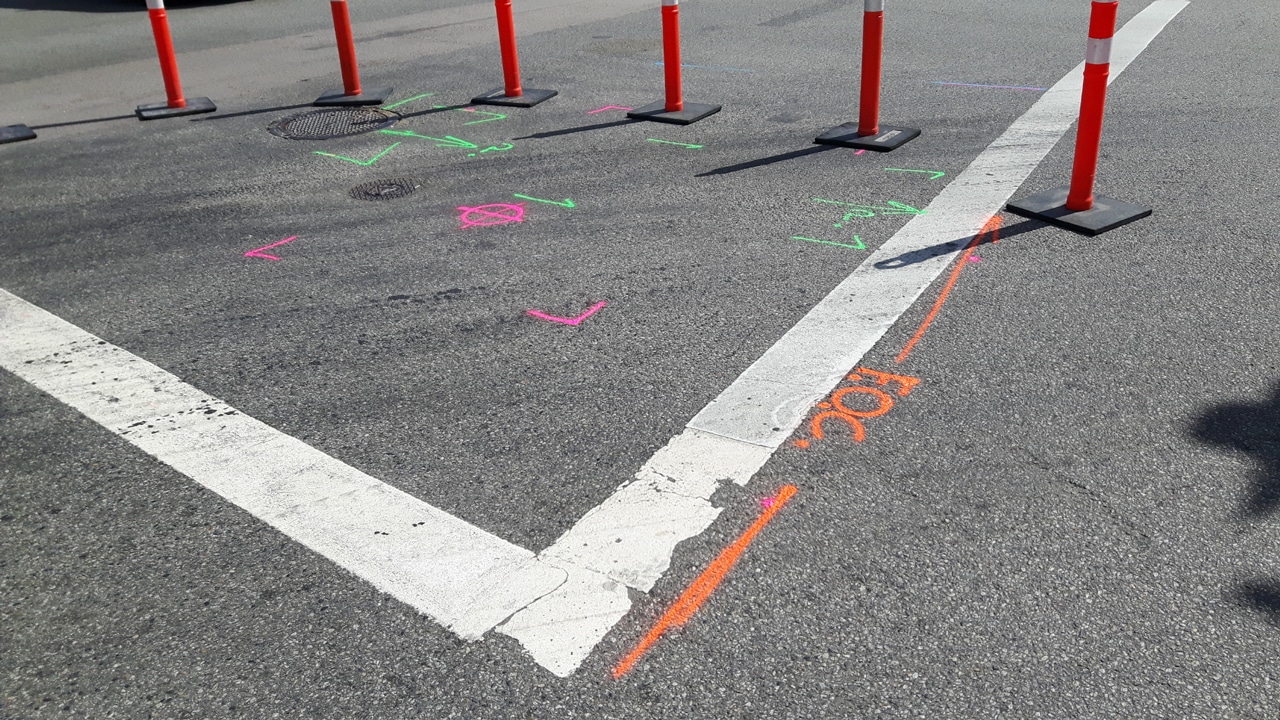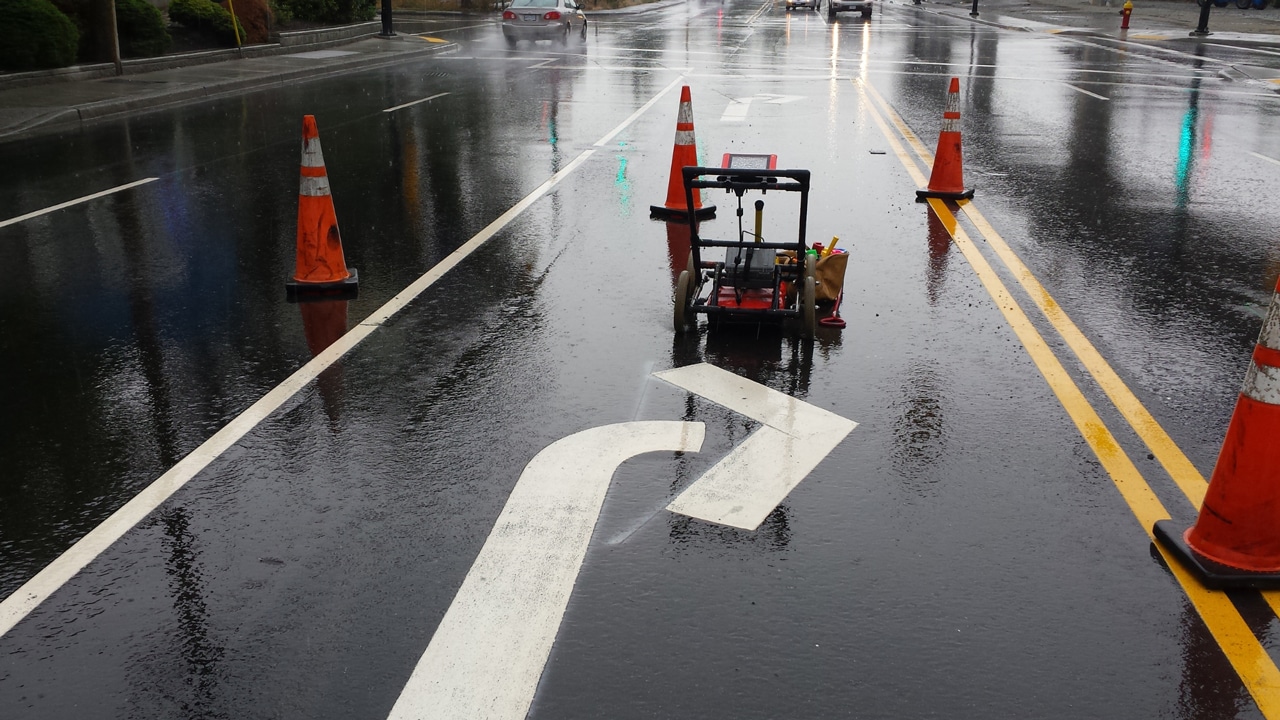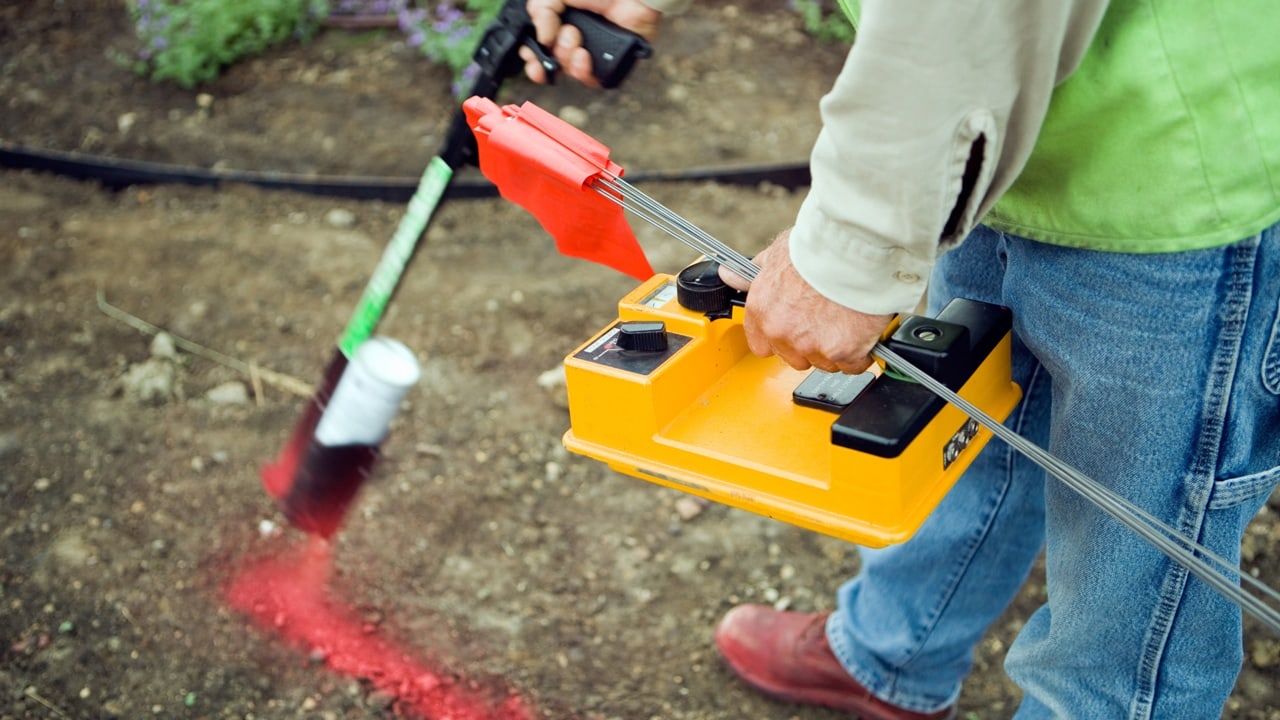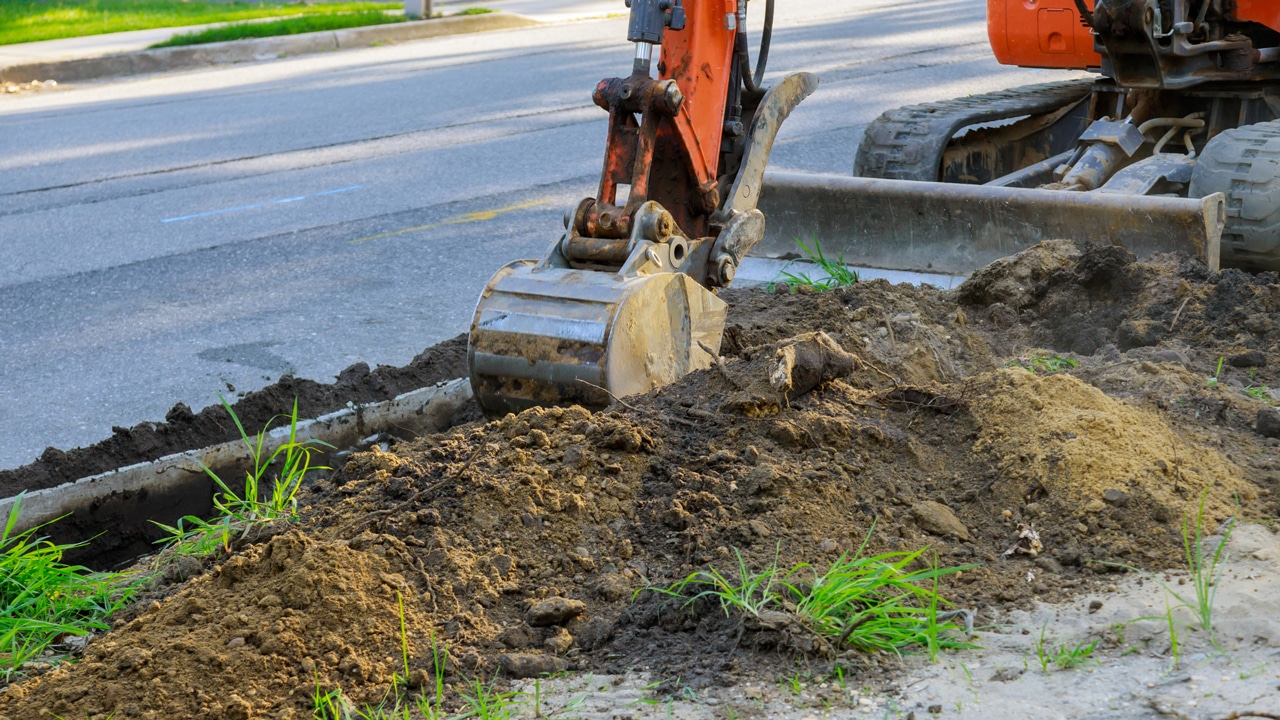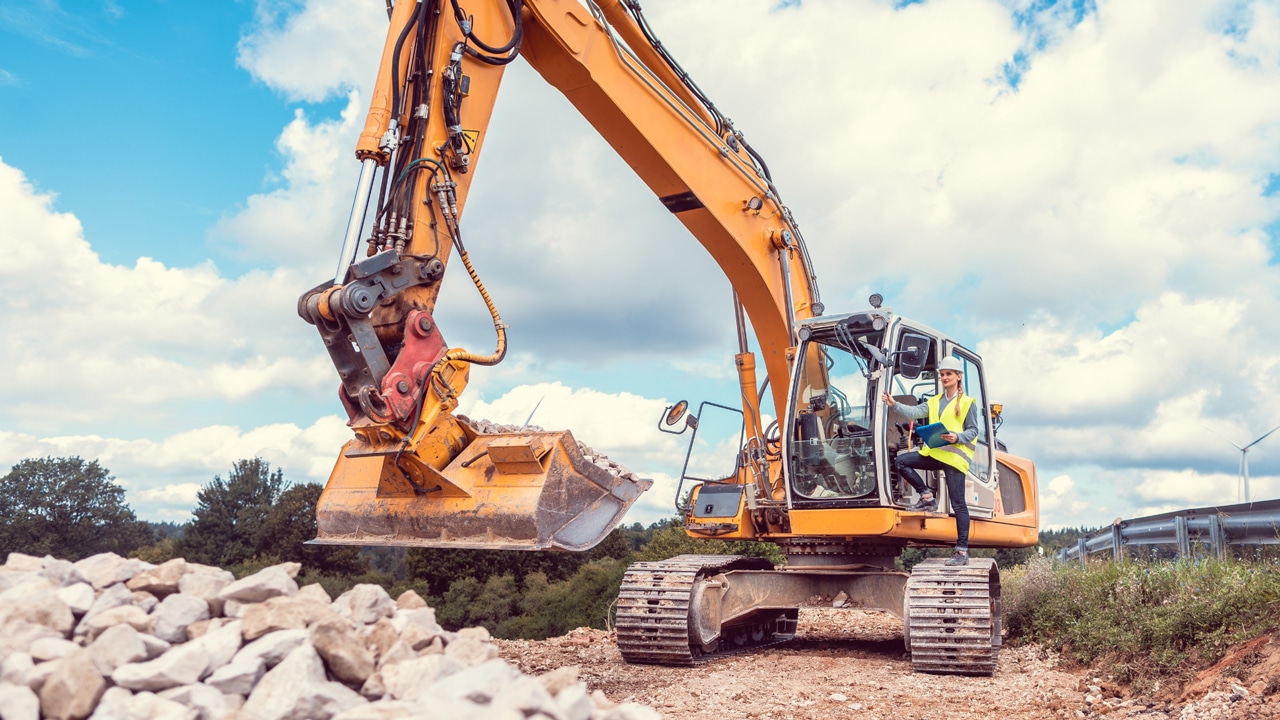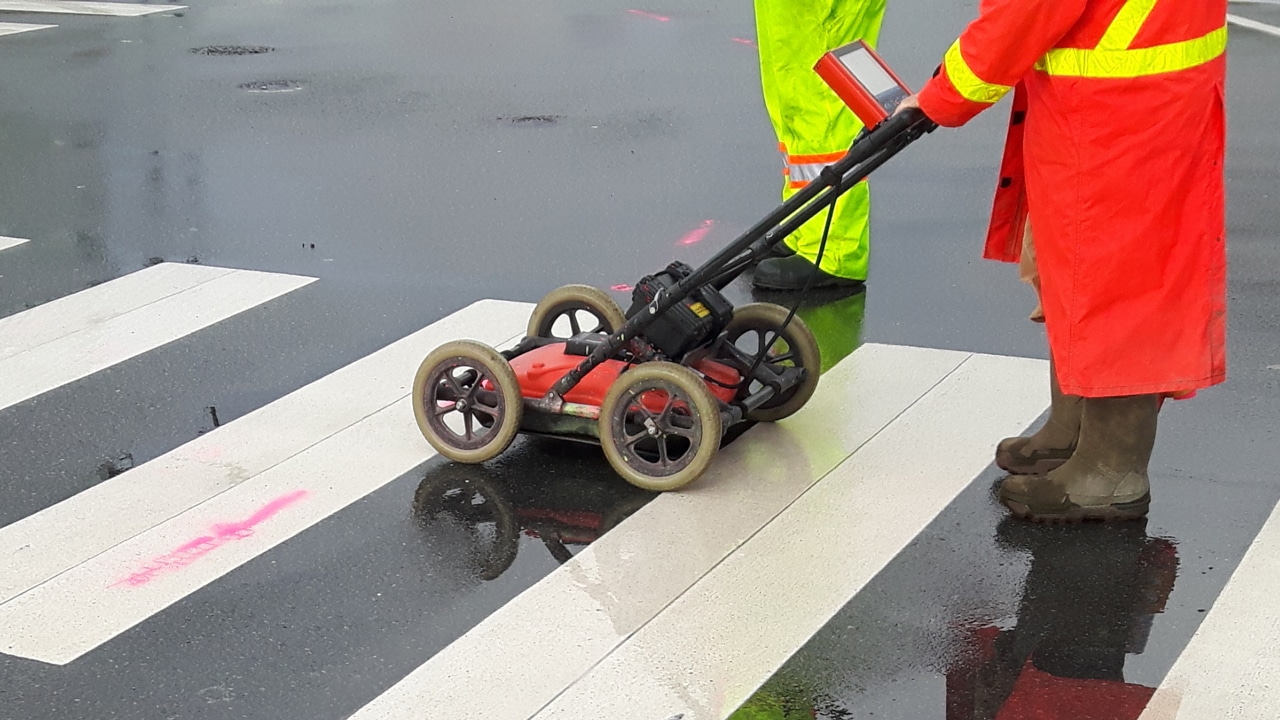Proper utility locating is essential for preventing environmental damage by ensuring the safe and responsible handling of underground utilities during construction, excavation, and maintenance activities. It protects natural resources, and ecosystems, and helps reduce environmental risks and associated costs.
In rapid urbanization and infrastructure development, protecting the environment has become a top priority for governments, organizations, and individuals. Proper utility locating services play a pivotal role in this endeavor by preventing potential environmental damage.
As we delve into the various facets of this issue, we’ll explore how avoiding underground infrastructure, preventing contamination, protecting water sources, minimizing soil erosion, preventing disruption of habitats, avoiding legal issues, and enhancing safety collectively contribute to environmental preservation.
Avoid Underground Infrastructure
One of the fundamental aspects of private utility locating is avoiding underground infrastructure. Utilities such as water pipes, power cables, gas pipelines, and more are critical components of any urban environment.
If not correctly located and identified, excavation work can lead to accidental damage to these systems. This damage not only disrupts essential services but also poses environmental hazards. For example, damaged gas pipelines can lead to gas leaks, which are not only dangerous but also harmful to the environment.
Accurate utility locating helps prevent these scenarios. By identifying the exact location of underground utilities, excavation work can be planned and executed with precision, reducing the risk of accidental damage and its associated environmental impacts.
Prevent Contamination
Underground utilities often carry substances that, if released into the environment, can lead to contamination. This is particularly true for sewage lines and chemical pipelines
When these systems are ruptured or damaged, hazardous materials can spill into the ground, leading to soil and water contamination. This not only poses health risks to the surrounding population but also has long-lasting environmental repercussions.
Proper utility locating is the first line of defense against contamination. By accurately mapping and identifying the location of these underground lines, workers can avoid them during excavation, reducing the risk of contamination.
Protect Water Sources
Water sources are lifelines for communities and ecosystems. Accidental damage to underground water pipes can result in water leaks and subsequent waste of a precious resource. Additionally, the infiltration of contaminants into water sources can have severe consequences for both human health and the environment.
By calling utility locator services to pinpoint the location of water pipes, we can protect these essential resources and prevent unnecessary water wastage, preserving natural ecosystems in the process.
Minimize Soil Erosion
Soil erosion is a critical environmental issue, impacting the fertility and health of the land. Construction projects, particularly those involving excavation, can accelerate soil erosion if not executed correctly. Disturbed soil can be washed away, affecting local vegetation and water quality.
By practicing proper utility locating and excavation techniques, construction projects can be carried out with minimal disturbance to the soil, helping to minimize soil erosion and maintain the health of local ecosystems.
Prevent Disruption of Habitats
Urban development often encroaches on natural habitats. Proper utility locating and excavation techniques can help mitigate the disruption of these habitats. By avoiding accidental damage to underground infrastructure and minimizing disturbances during construction, we can help protect the natural environments of the areas we develop.
Avoid Legal Issues
Accidental damage to underground utilities can result in legal and financial consequences. Government regulations often require permits for excavation work, and failing to follow proper procedures can lead to legal issues and fines.
By adhering to underground utility locating service practices, construction projects can avoid these costly legal entanglements and the associated disruptions.
Enhance Safety
Finally, the safety of workers and the public is paramount. Accidents involving utility strikes can result in injuries and even fatalities. Prioritizing safety by engaging in proper utility locating ensures that construction work is conducted with the utmost care and precautions in place, safeguarding both the environment and human lives.
6 Environmental Impacts of Utility Damage
Utility damage can result in severe environmental impacts, many of which have far-reaching consequences. These six consequences often include:
- Soil Contamination – When underground utility lines such as sewage pipes or chemical pipelines are damaged, contaminants can seep into the soil. This not only renders the soil infertile but also poses risks to plants, wildlife, and groundwater.
- Water Pollution – Underground utility damage can lead to water pollution. For example, damaged sewage lines can introduce pollutants into local water bodies. Such pollution can have detrimental effects on aquatic life and public health.
- Habitat Disruption – Accidental utility damage can disrupt natural habitats, causing irreparable harm to ecosystems. For example, nesting areas for birds or habitats for small mammals may be disturbed, potentially leading to the decline of local species.
- Air Pollution – Damaged utility lines can release gases into the atmosphere, contributing to air pollution. This is particularly concerning when it involves the release of gases harmful to the environment and human health.
- Resource Wastage – Resource wastage is a direct result of utility damage. Leaking water or gas pipelines leads to the wastage of precious resources, impacting both the environment and the economy.
- Financial Costs: The financial costs of environmental damage due to utility strikes can be substantial. Cleanup, remediation, and legal expenses often fall on utility operators or construction companies responsible for the damage.
Join the Green Revolution: Partner with Util-Locate for Eco-Friendly Utility Locating!
At Util-Locate, we’re dedicated to advancing eco-friendly utility locating practices and preventing environmental damage. By partnering with us, you’re taking a significant step toward creating a more sustainable and environmentally responsible future.
Our team of experts utilizes cutting-edge technology and sustainable methods to ensure that underground utilities are located accurately, preventing potential environmental harm and preserving resources. We’re committed to long-term sustainability, cost efficiency, and maintaining a positive public image for your projects.
Join us in the green revolution by choosing Util-Locate for your utility locator needs. Whether you’re planning a construction project, urban development, or resource preservation initiative, our services can help you achieve your goals while safeguarding the environment.
Contact us at 888-885-6228 at Util-Locate today to learn more about our eco-friendly practices and how we can support your projects with responsible utility locating. Together, we can make a difference for the environment and future generations.

